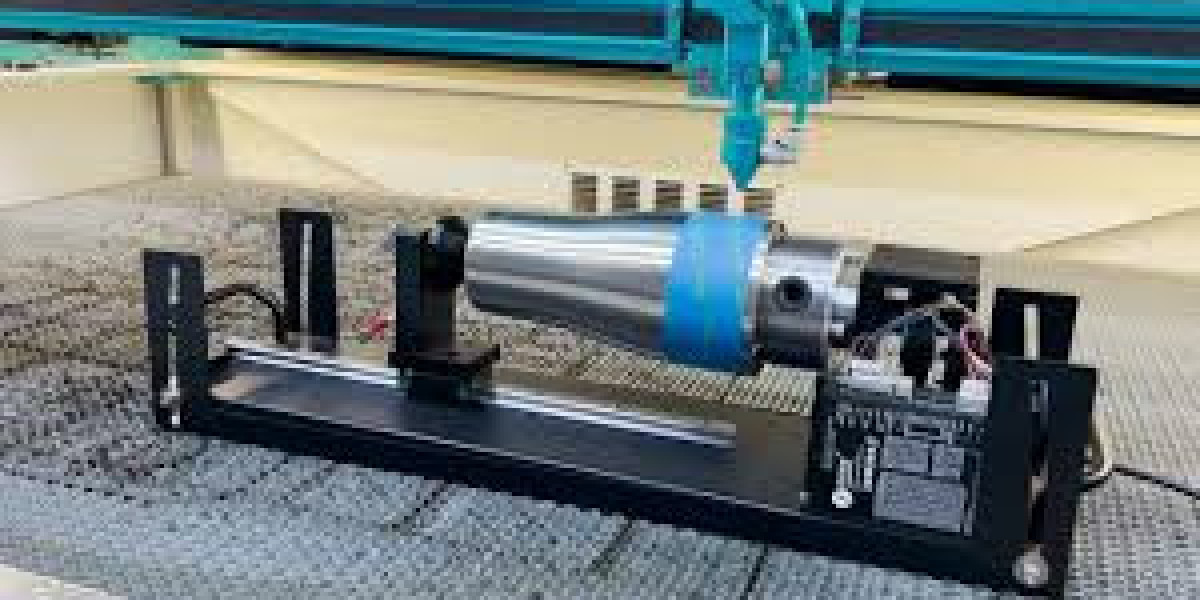Unlock the Power of the Sun: Discover the Best Emergency Backup Solar Solutions!
In an increasingly unpredictable world, having a reliable source of energy during emergencies is more crucial than ever. Emergency backup solar power systems offer a sustainable and efficient way to ensure that you have power when you need it most, whether it be during natural disasters, power outages, or other unforeseen events. The rise of renewable energy has paved the way for innovative solutions that harness the sun's power, providing not just backup energy but also peace of mind. As more people recognize the benefits of solar power, the demand for these systems continues to grow. Investing in an emergency backup solar power system can be one of the best decisions you make for your home and family, ensuring you're prepared for whatever comes your way.

Understanding Emergency Backup Solar Power Systems
Emergency backup solar power systems are designed to capture sunlight and convert it into usable electricity, particularly during power outages. They typically consist of several key components: solar panels, batteries, and inverters. Solar panels absorb sunlight and convert it into direct current (DC) electricity. The inverter then transforms this DC electricity into alternating current (AC), which is the type of electricity used in most homes. Batteries play a vital role by storing excess energy generated during the day for use at night or during an outage. This system allows homeowners to remain powered during emergencies, providing energy for essential appliances and devices. Understanding these components can help you make informed decisions when considering which emergency backup solar power system is right for you.
Types of Emergency Backup Solar Solutions
When exploring options for emergency backup solar solutions, you'll find a variety of systems available to meet different needs. Portable solar generators are a popular choice for those who need flexibility; they can easily be transported and used for camping or temporary power outages. On the other hand, stationary solar power systems are installed on rooftops or in yards and are designed for permanent use, providing a more substantial energy output. Hybrid systems combine solar power with traditional energy sources, offering the best of both worlds. Each type of solution has its own distinct features and advantages, such as portability, ease of installation, and energy capacity. It's essential to evaluate these options based on your specific circumstances and power needs.
Factors to Consider When Choosing a System
Choosing the right emergency backup solar power system involves several critical factors. First and foremost, assess your power requirements. Determine which appliances and devices you need to keep running during an outage and calculate their total wattage. This will guide you in selecting a system that can accommodate your energy needs. Additionally, consider the size and capacity of the system. Larger systems can store more energy but may require more space for installation. Installation ease is another factor—some systems are plug-and-play, while others may require professional installation. Lastly, think about maintenance needs. Certain systems may require more upkeep than others, so choose one that fits your lifestyle and willingness to maintain it.
Comparing Emergency Backup Solar Power Systems
When comparing various emergency backup solar power systems, it’s essential to analyze their efficiency, capacity, durability, and user-friendliness. Efficiency refers to how effectively a system converts sunlight into electricity, which impacts overall performance. Capacity indicates how much energy the system can store and supply, directly influencing how long you can remain powered during an outage. Durability is also crucial; systems must withstand various weather conditions, especially if they are exposed to the elements. User-friendliness encompasses installation and operation—systems that are easy to set up and operate will be more appealing to most consumers. By weighing these factors, you can identify the pros and cons of each type of system and make a well-informed decision that meets your needs.
Making an Informed Choice for Sustainable Power
In summary, emergency backup solar power systems offer a reliable and sustainable way to ensure you have electricity during outages. By understanding the different types of systems available, the key factors to consider when selecting one, and how to compare them, you can make an informed choice that best suits your needs. As the world increasingly embraces renewable energy, investing in an emergency backup solar power system not only enhances your preparedness for emergencies but also contributes to a more sustainable future. Take the time to evaluate your options and make a decision that empowers you and your family to stay connected and safe, regardless of what challenges may arise.






